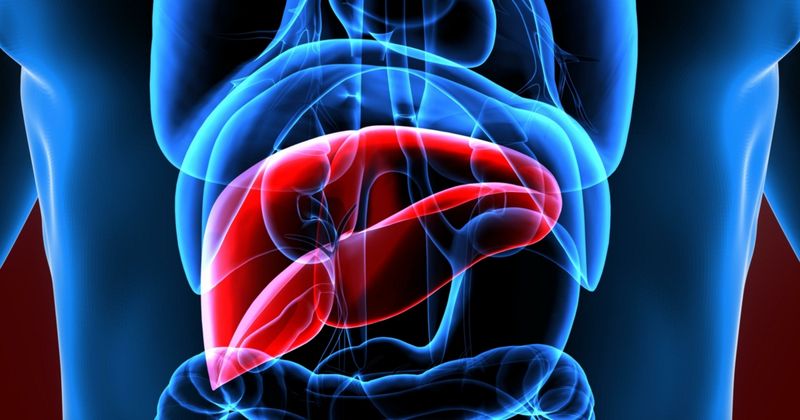NAFLD familial risk bests FIB-4 in identifying advanced fibrosis in first-degree relatives
Key takeaways:
- Age, diabetes, obesity and a family history of nonalcoholic fatty liver disease with advanced fibrosis informed the NAFLD Familial Risk Score.
- The NAFLD familial risk score outperformed the Fibrosis-4 index.
A familial risk score comprised of age, obesity, type 2 diabetes and family history of nonalcoholic fatty liver disease accurately identified advanced fibrosis among first-degree relatives, according to researchers.
“Emerging data suggest that NAFLD-related liver fibrosis is heritable, and advanced fibrosis may cluster within families,” Daniel Q. Huang, MBBS, a visiting scholar at the NAFLD Research Center at the University of California, San Diego, and colleagues wrote in Clinical Gastroenterology and Hepatology. “A recent prospective study determined that first-degree relatives of NAFLD patients with advanced fibrosis are at higher risk of NAFLD with advanced fibrosis.”

Image: Adobe Stock
They continued, “However, it is unclear how family history may be used to identify first-degree relatives who are at high risk of NAFLD with advanced fibrosis in the clinical setting.”
In a prospective, cross-sectional, familial study, Huang and colleagues aimed to develop and validate a clinically applicable risk score to identify first-degree relative of probands who underwent assessment of liver fibrosis and were at a higher risk for advanced fibrosis.
They enrolled 242 consecutive adult probands from the University of California, San Diego, (derivation cohort) and the University of Helsinki (validation cohort) and 396 first-degree relatives (median age, 47 years; 64% women; BMI 27.6 kg/m2). The cohorts included probands with NAFLD and advanced fibrosis, NAFLD without advanced fibrosis and without NAFLD.
Univariate analysis showed age 50 years or older (1 point), type 2 diabetes (1 point), obesity (2 points) and a family history of a proband with NAFLD and advanced fibrosis (2 points) were “significant predictors” of advanced fibrosis among first-degree relatives in the derivation cohort (adjusted OR = 5; 95% CI, 1.1-23.6). This data informed the NAFLD Familial Risk Score, in which a score of at least 4 points corresponded with a 13% or greater risk for NAFLD with advanced fibrosis.
Among patients in the derivation cohort, the area under the receiver operating characteristic curve (AUC) was 0.85 (95% CI, 0.76-0.92) and the sensitivity, specificity, positive predictive value (PPV) and negative predictive value (NPV) were 90.9%, 67.7%, 23.8% and 98.5%, respectively.
In the validation cohort, the NAFLD Familial Risk Score had an AUC of 0.94 (95% CI, 0.89-0.99) and a sensitivity, specificity, PPV and NPV of 90%, 87.3%, 30% and 99.3%, respectively. The score also outperformed the Fibrosis-4 (FIB-4) index in this cohort (AUC = 0.94; 95% CI, 0.88-0.99 vs. AUC = 0.7; 95% CI, 0.51-0.89).
“The NAFLD Familial Risk Score accurately identifies NAFLD with advanced fibrosis in first-degree relatives of probands who have undergone an assessment of liver fibrosis,” Huang and colleagues concluded. “It is simple, does not require a calculator or extensive laboratory investigations and may be a helpful alternative to FIB-4 for screening first-degree relatives. These data may have implications for surveillance in NAFLD.”
Editor’s Note: Although NAFLD has been recently updated to MAFLD, we have retained the original nomenclature here as the study was conducted prior to the official update to the name.
